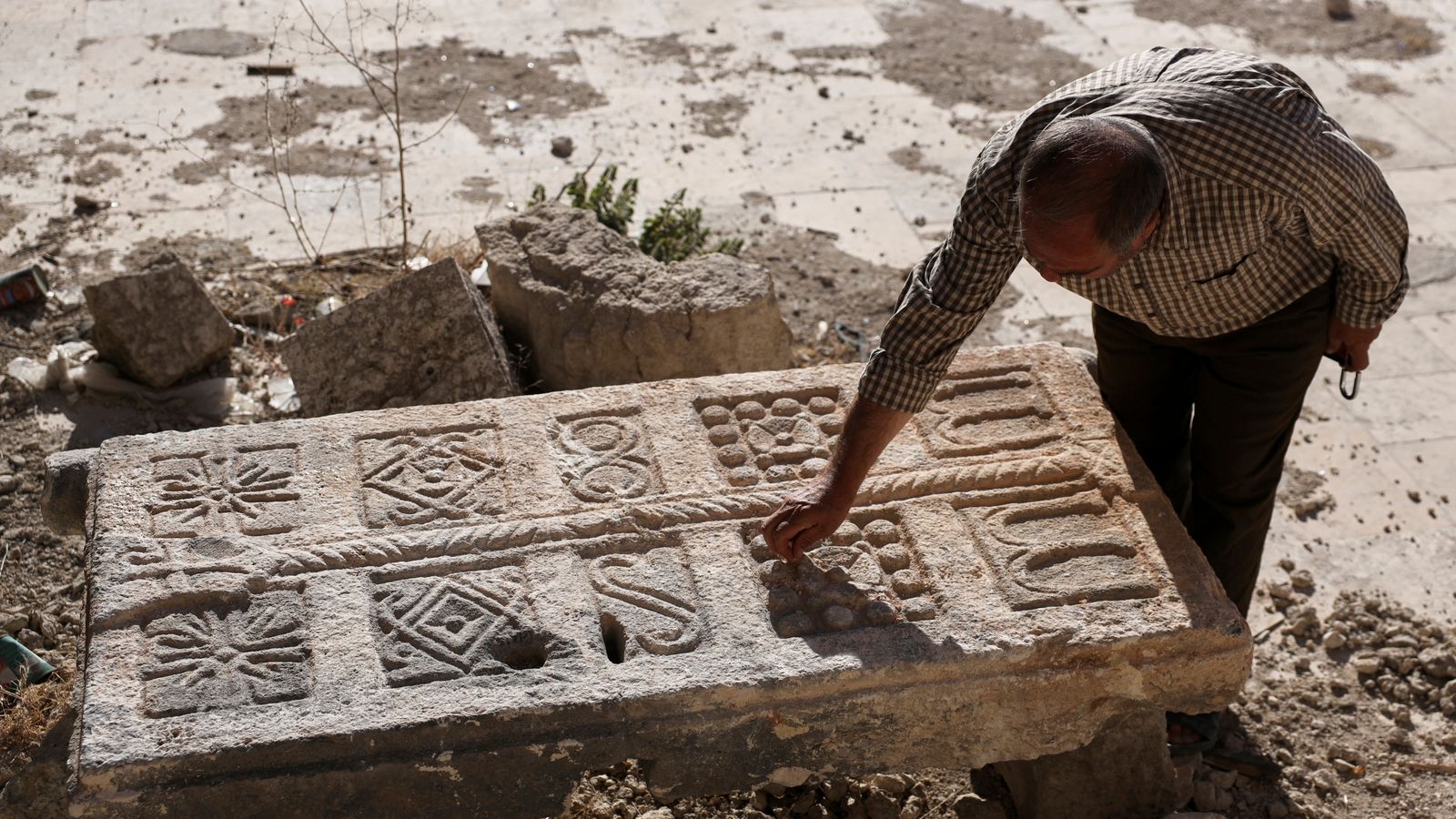Thousands of Colombians and tourists gathered in Sutamarchán, a small town in the Boyacá department, to celebrate the annual “Gran Tomatina,” a vibrant tomato-throwing festival inspired by Spain’s famed La Tomatina. Held on June 2, the event turned the streets into a sea of red pulp and joyous chaos, as participants hurled over 100 tons of ripe tomatoes at one another in a massive, organized food fight.
Wearing goggles, old clothes, and big smiles, festival-goers packed the main plaza, where dump trucks unloaded piles of overripe tomatoes — donated by local farmers and unsuitable for market sale. The signal to begin the tomato battle triggered a riot of laughter, flying fruit, and dancing as both locals and tourists reveled in the mess.
“It’s all about joy, unity, and getting a little dirty,” said Carlos Moreno, a resident who has participated every year since the festival’s launch in 2004. “We’re proud to have our own version of Spain’s tomato party right here in Colombia.”
The festival, which now attracts thousands of visitors from around the country and abroad, began as a local celebration of agricultural abundance and quickly evolved into one of Colombia’s most anticipated cultural events. In addition to the tomato battle, the day also features live music, traditional food stalls, parades, and folk dancing — all aimed at promoting regional identity and community spirit.
Tourists praised the event for its energetic atmosphere and unique charm. “It’s the craziest thing I’ve done in Colombia,” said Emma Rojas, a traveler from Argentina. “I never imagined throwing tomatoes at strangers could be this fun — or exhausting!”
While fun is at the heart of the Gran Tomatina, organizers emphasize that the event also supports sustainable agriculture and reduces waste. All tomatoes used are deemed unfit for commercial sale, and efforts are made to clean the streets efficiently afterward, with volunteers and local authorities washing down public areas within hours of the festival’s conclusion.
Security and emergency services were on hand to manage the crowds and ensure safety. No major incidents were reported, and officials said this year’s event drew a record crowd without any disruption. Precautions such as banning glass containers and recommending protective eyewear helped maintain a festive but controlled environment.
Local businesses also benefit significantly from the influx of tourists. Hotels and restaurants in Sutamarchán reported full bookings, and vendors selling tomato-themed souvenirs, street food, and beverages enjoyed brisk sales throughout the weekend.
Municipal leaders have voiced support for expanding the event’s reach and formalizing it as a nationally recognized cultural tradition. “The Gran Tomatina isn’t just a party — it’s a way to boost tourism, support local farmers, and show the joyful side of Colombia,” said Mayor Lucía Andrade.
As the streets slowly return to normal, the red-streaked memories of Colombia’s tomato festival linger in photos, videos, and stained shirts — a colorful reminder of the country’s passion for celebration and community. Organizers have already begun preparations for next year’s edition, promising even more tomatoes, more visitors, and more fun.
Source; Reuters



